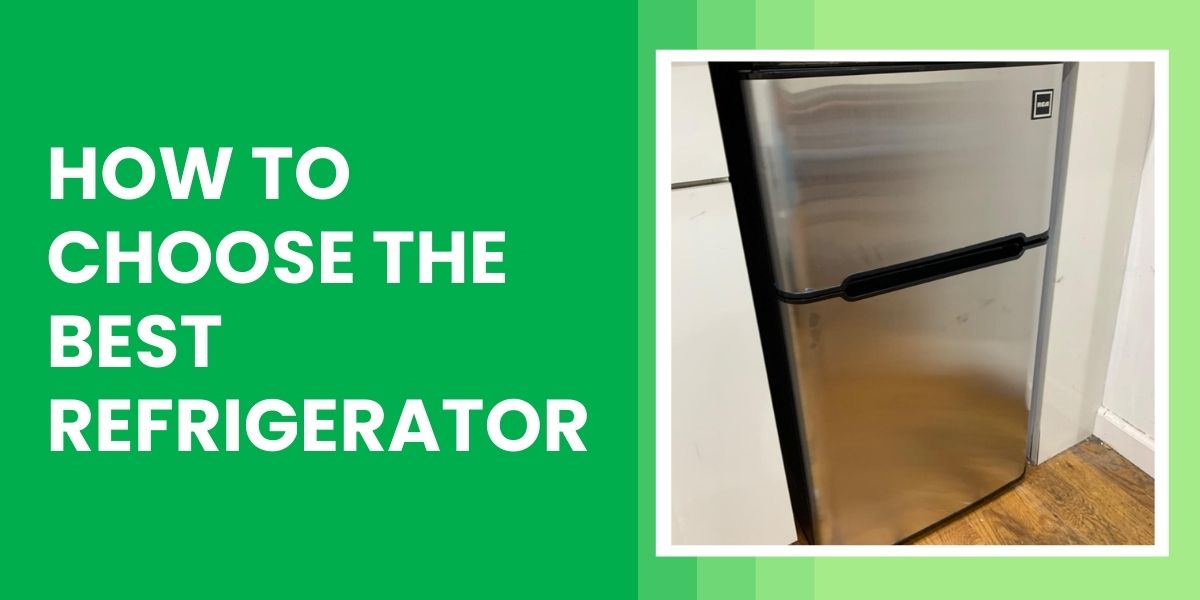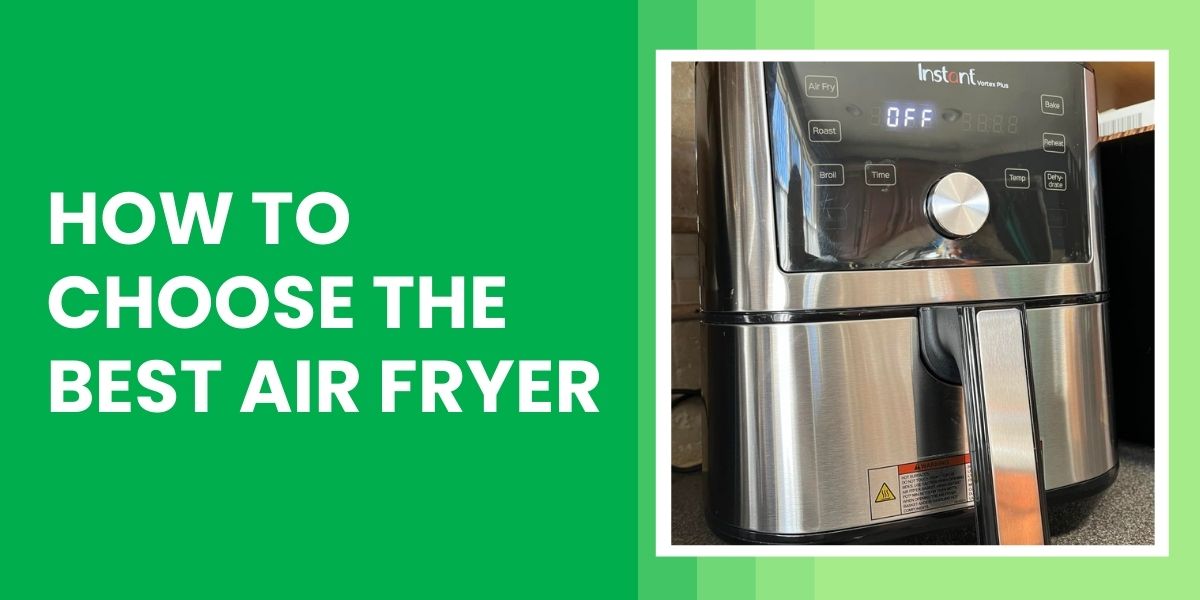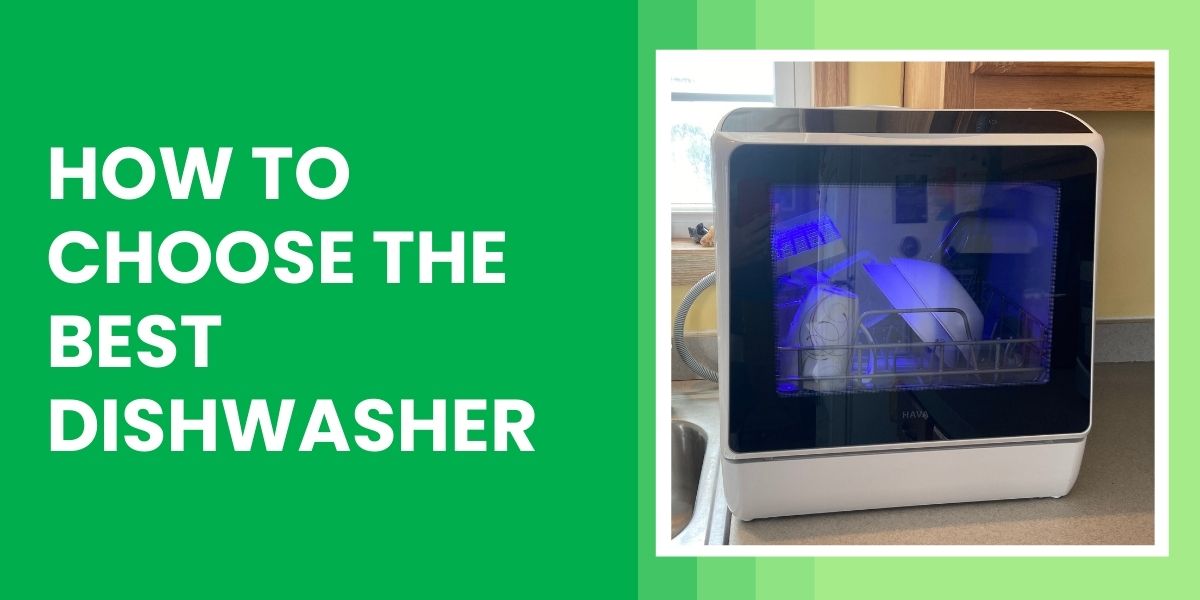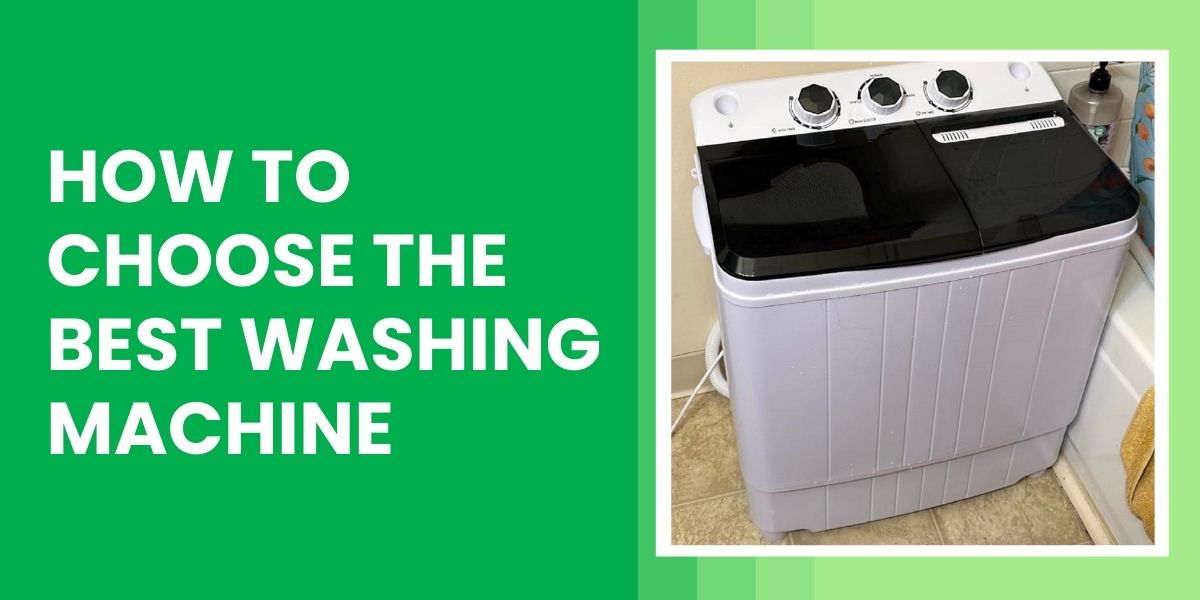Refrigerators are essential appliances, but buying the right one requires more than just picking a style. From size and storage layout to energy usage and special features, the right choice depends on your kitchen space, lifestyle, and budget. Whether you’re furnishing a new home or replacing an outdated model, this guide covers everything you need to know before making a purchase.
Things to consider when buying a Refrigerator
Here’s a detailed breakdown of what to look for:
1. Refrigerator Type
The first thing to consider is the configuration. Each style offers unique pros and cons:
- Top Freezer: Classic and affordable. Best for small kitchens and tight budgets.
- Bottom Freezer: Easier access to fresh foods. Ideal for older adults or frequent fridge users.
- Side-by-Side: Narrow door swing. Good for small kitchens but less freezer space.
- French Door: Stylish with spacious fresh food section and bottom freezer. Best for families.
- Counter-Depth: Sits flush with cabinets for a built-in look. Sacrifices some interior space.
- Mini Fridge: Perfect for dorms, offices, or small apartments.
2. Size and Capacity
Size matters, especially if you have limited kitchen space or a large family.
- Measure your space carefully, including width, height, and depth.
- Allow at least 1 inch of clearance on all sides for airflow.
- Standard fridge width: 30″ to 36″ (76–91 cm)
- Depth: 29″–35″ (74–89 cm) or 24″ for counter-depth models
- Height: 65″–70″ (165–178 cm)
Recommended capacity by household size:
- 1–2 people: 12–16 cu. ft. (340–450 L)
- 3–4 people: 18–22 cu. ft. (510–620 L)
- 5+ people: 22–28 cu. ft. (620–800 L)
Tip: If your kitchen has a tight entrance or small doors, double-check that the refrigerator will fit through!
3. Energy Efficiency
An energy-efficient refrigerator can lower your utility bills over time.
- Look for the ENERGY STAR® label (available in the US, Canada, and UK).
- Compare annual energy consumption (typically 300–800 kWh/year).
- Inverter compressors are quieter and use less energy over time.
Eco Tip: Models with LED lighting and digital temperature controls use less power.
4. Storage & Layout
Efficient layout makes everyday use easier.
- Adjustable shelves: Accommodate large items like party platters.
- Door bins: Should fit gallon-sized jugs or milk bottles.
- Crisper drawers: Check if they’re humidity-controlled for fruits and veggies.
- Freezer space: Make sure it suits your frozen food habits.
- For families: Look for a split shelf system and deep door bins for juice boxes, sauces, and snacks.
5. Noise Level
If your refrigerator is near the living area or bedroom, noise matters.
- Quiet models operate around 35–45 dB.
- Older or budget models may be 50+ dB and produce more hum or rattling.
- Look for refrigerators with inverter compressors for quieter operation.
6. Smart Features
Modern refrigerators come with high-tech features, but they’re not for everyone.
- Smart Connectivity: Control temperature via app; get alerts if the door’s left open.
- Water and Ice Dispensers: Convenient but require plumbing and filter replacements.
- Touchscreens / Cameras: Can show contents without opening the door.
For seniors or non-tech users, simpler controls may be a better choice.
7. Defrosting Type
- Frost-Free (No Frost): No manual defrosting required; standard in most modern units.
- Manual Defrost: Rare today; cheaper but less convenient.
8. Climate Rating
Check the appliance’s climate class, especially in the UK and Canada where garages or unheated spaces are common.
- SN/N/ST/T ratings indicate ideal temperature ranges.
- For garage use, look for “Garage Ready” models that can handle cold environments.
9. Build Quality & Warranty
- Look for stainless steel or fingerprint-resistant finishes for durability and style.
- Doors should close smoothly and seal tightly.
- Warranty: At least 1 year parts & labor; some brands offer 10-year compressor warranties.
10. Budget
Here’s a rough guide to what you can expect by price range:
- Under $500 / £400 / CA$600: Compact or top freezer models
- $500–$1,200 / £400–£900 / CA$600–$1,500: Side-by-side and basic French door models
- $1,200+ / £900+ / CA$1,500+: Smart features, larger capacity, premium finishes
Don’t forget to factor in delivery, installation, and disposal fees if applicable.
Additional Features to Consider:
- Reversible Doors: Helps fit the fridge into your kitchen layout.
- Door Alarms: Warn you if the door is left open.
- Water Filter Indicators: Let you know when it’s time to replace.
- Temperature Zones: Allow separate control of deli, freezer, and crisper drawers.
Choosing the best refrigerator comes down to balancing your space, storage needs, lifestyle, and budget. From small apartments to large family kitchens, there’s a fridge out there with the perfect combination of style, performance, and efficiency. Use this guide to shop with confidence and invest in a model that keeps your food fresh and your home running smoothly.







